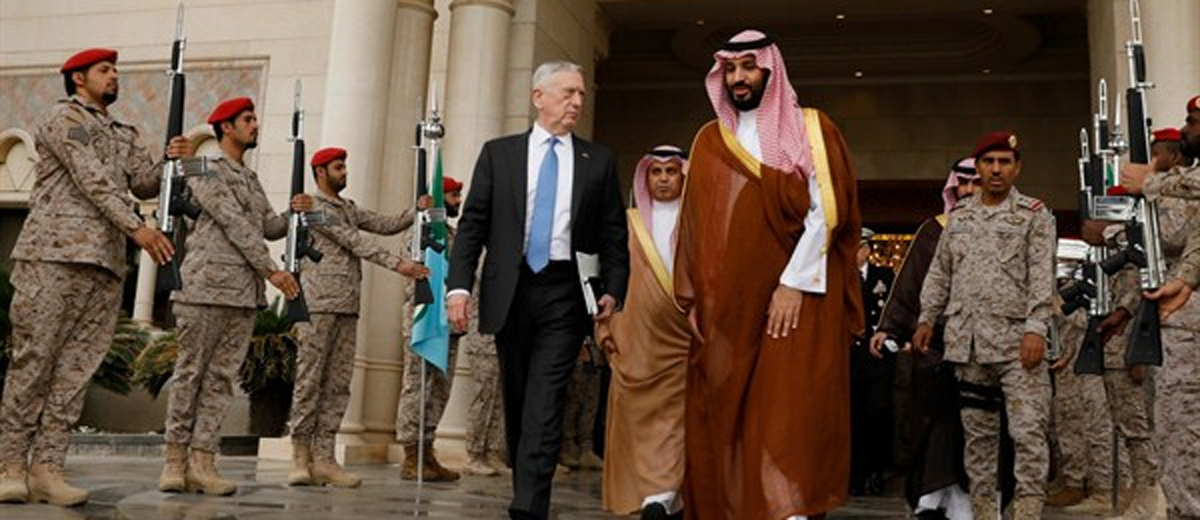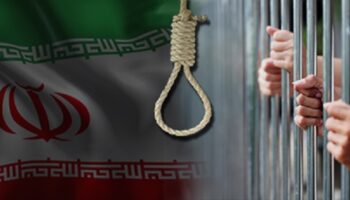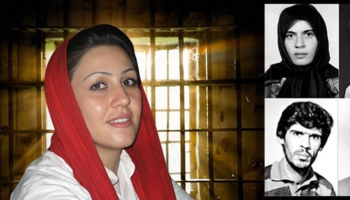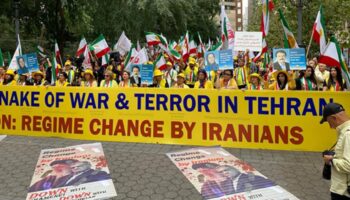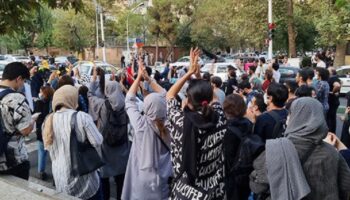WORLD POLITICS REVIEW
Frida Ghitis Thursday, May 11, 2017
Tensions between Saudi Arabia and Iran are nothing new, but in recent days the level of acrimony has been increasing exponentially. Amid a shifting geopolitical landscape, the two countries have been sounding downright menacing toward one another, dispensing with the diplomatic practice of veiling their threats and creating new dangers in an already tumultuous region.
Two questions arise: Why is the hostility worsening? And which of the two countries is growing stronger relative to the other?
The latest round of public fulminations burst on the airwaves last week, when the powerful Saudi Deputy Crown Prince Mohammed bin Salman gave a widely disseminated television interview. Prince Mohammed, who is also the Saudi minister of defense, spoke at length on a variety of subjects. It was a rare and important moment, highlighting the 31-year-old’s status as the rising power in the kingdom.
The interview was carried by several Saudi channels, guaranteeing that it would be viewed across the Middle East. In it, the prince rejected the possibility that the kingdom and the Islamic Republic could resolve their differences through dialogue. Iran, he said, has an “extremist ideology” coupled with ambitions “to control the Islamic world.”
He detailed his view of how the combination of Iran’s Shiite theology and its revolutionary ambitions make the two countries’ differences plainly irreconcilable. “Their stance,” he said, “is that the awaited Mahdi will come, and they need to create a fertile environment for the arrival.” Doing that, he said, requires that they control the Muslim world. “Where are the common points that we might be able to reach an understanding on with this regime?”
Until now, the confrontation between Riyadh and Tehran has been by proxy. Each stands on opposite sides of the wars in Yemen and Syria, and they support rival factions in Lebanon, Iraq and Bahrain. But Prince Mohammed seemed to suggest the clash could become direct, on one another’s soil.
Saudi Arabia is “a primary target for the Iranian regime,” he declared. “We won’t wait for the battle to be in Saudi Arabia,” he added, vowing, “We’ll work so that the battle is for them in Iran.”
The words jolted Tehran, where they were taken as a direct threat to attack the country. Iranian Defense Minister Hossein Dehghan responded in kind, threatening to destroy all of Saudi Arabia and leave only its holy cities standing.
“If the Saudis do anything ignorant, we will leave no area untouched except Mecca and Medina,” Dehghan told al-Manar television, the Arabic-language network of Hezbollah, Iran’s allied Lebanese militia.
Iran also took its complaint to the United Nations. In a letter to Secretary-General Antonio Guterres, Iran’s U.N. ambassador “categorically” rejected the Saudi prince’s charges, and accused Saudi Arabia of violating the U.N. charter’s demand that members refrain from the threat of force against other states.
Riyadh’s diplomatic ties with key players in the region and beyond have been growing stronger since U.S. President Donald Trump took office
The letter went further, accusing Saudi Arabia of being an accomplice in acts of terrorism inside Iran, specifically an attack that killed 11 Iranian border guards last month.
The spike in tensions coincides with a diplomatic realignment that strongly favors Riyadh. It is perhaps a sign that the kingdom is feeling empowered, seeing the tide turn after years of watching Iran make diplomatic gains during the Obama administration.
Riyadh’s diplomatic ties with key players in the region and beyond have been growing stronger since U.S. President Donald Trump took office.
Trump campaigned on a platform of undoing former President Barack Obama’s rapprochement with Iran, calling the nuclear agreement that Obama and five other countries signed with Tehran the “worst deal ever negotiated.” Trump may not tear up the pact, but he is clearly reversing course from Obama’s approach and wholeheartedly throwing Washington’s lot in with Riyadh.
Since taking office, Trump has met in Washington with Prince Mohammed, and has sent his top aides to Riyadh to meet with the Saudi royals. And last week, when he announced his first foreign trip since taking office, he revealed that Saudi Arabia will be the first country he visits as president, an enormous symbolic honor. On the practical side, the U.S. is deepening its involvement in the Saudi-led war in Yemen.
But while relations with the U.S. and a strengthening of military cooperation are potentially transformative in the contest between Tehran and Riyadh, Saudi Arabia’s diplomatic and military advances are not limited to its ties with the U.S. administration. On the regional level, it has achieved other major gains.
Last year, Riyadh’s relations with Cairo turned rocky. Though experiencing profound economic problems, Egypt remains the region’s largest country and one of its major military powers. Amid a spate of disputes, including differences over Yemen and Syria, Saudi Arabia stopped sending its regular deliveries of highly subsidized oil to Egypt.
Now there are signs that the relationship is back on track. Fuel deliveries resumed in March, and Egyptian President Abdel-Fattah el-Sissi visited Riyadh shortly thereafter. The topic of Egyptian troops joining in the fight against the Iran-backed Houthis in Yemen has apparently been under discussion. A Saudi general announced that Egypt had offered to send 40,000 ground troops to bolster the Saudi campaign in Yemen, although Riyadh later retracted the claim.
Another important relationship that had deteriorated, with Pakistan, is also on the mend. Two years ago, as Iran seemed to be inexorably headed toward a nuclear deal with international powers, the Saudis had been shocked and angered when Islamabad rejected a request from Riyadh to help with the war in Yemen. With Iran ascendant, and despite a long-standing relationship with Saudi Arabia, Islamabad resolved that “Pakistan should maintain neutrality.”
But now all that seems to be in the past. Pakistan is reportedly preparing to deploy a brigade, as many as 3,000 soldiers, to Saudi Arabia’s southern border to help defend the country against Houthi attacks. The change of heart in Islamabad may well reflect the shifting balance of power—and the fact that the prime minister of India, Pakistan’s archrival, just visited Riyadh.
In the contest between Saudi Arabia and Iran, a defining rivalry in the greater Middle East, the tables have turned on the diplomatic front. Until a few months ago, Iran was clearly making progress. Now that has changed. On the economic front, however, Iran is benefitting from the end of most economic sanctions. It is growing stronger, while Saudi Arabia is struggling to deal with the collapse of oil prices.
On the military side, there is no clear winner. Syria and Yemen—the main proxy battlegrounds—both have the appearance of a stalemate. If Riyadh and Tehran’s proxy battle escalates, and the recent war of words becomes a direct all-out confrontation, the entire region will be the loser.
Frida Ghitis is an independent commentator on world affairs and a World Politics Review contributing editor. Her weekly WPR column, World Citizen, appears every Thursday. Follow her on Twitter at @fridaghitis
